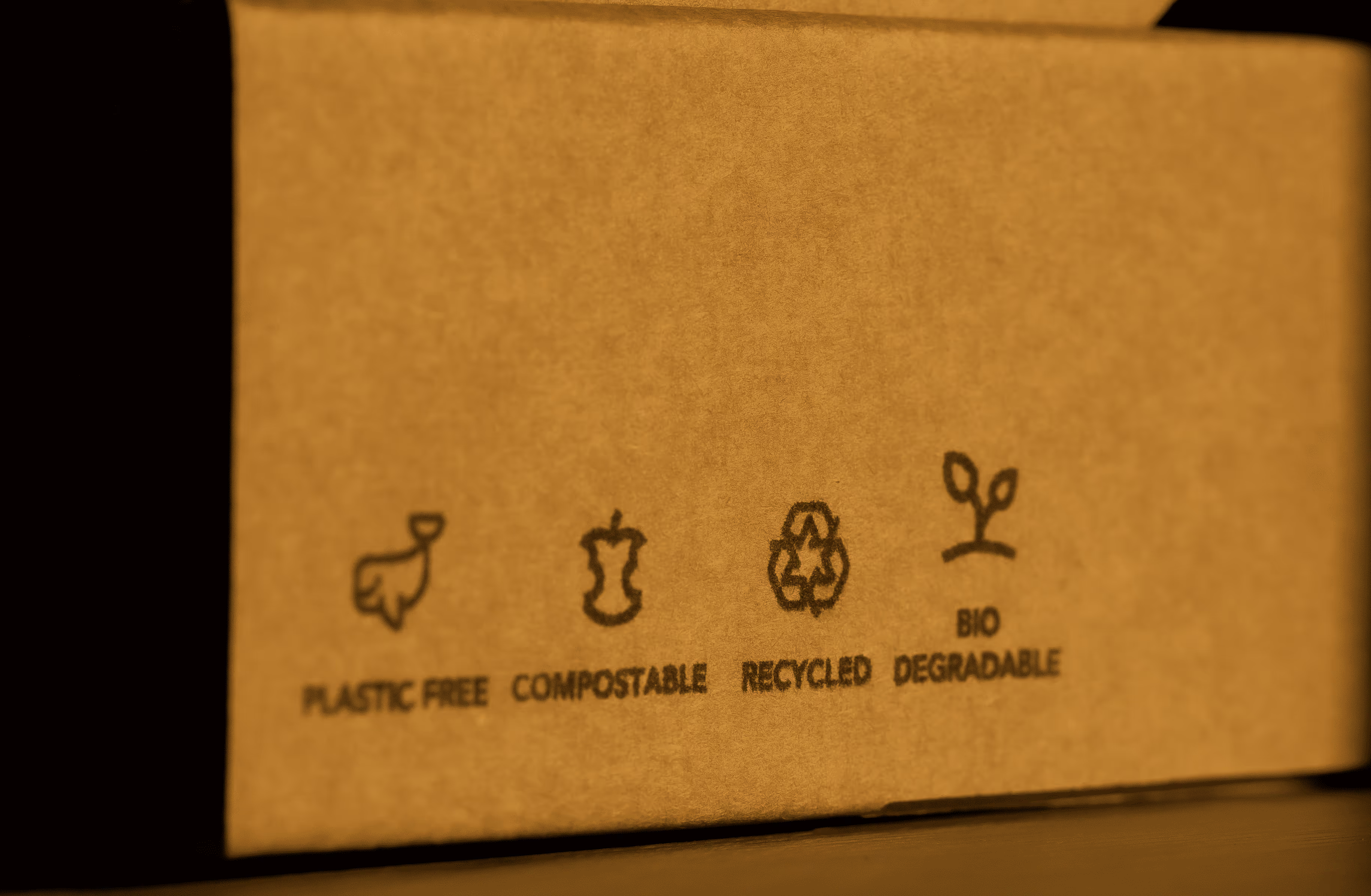Have you noticed more green, eco-friendly, recyclable products? The growth of sustainability and sustainable products has dramatically increased in the past few years. Driven by both policy and a shift in consumer attitudes towards sustainability, these sustainable products are now flooding the market.
Sustainable Consumer Trends
Consumers are becoming increasingly aware of the impact of their purchasing decisions on the environment and are looking for more sustainable options. About 57% of consumes are willing to change their purchasing behavior to help the environment, and 66% of consumers are willing to pay more for more sustainable brands, which explains the rise in demand for products that are more sustainable. Companies are responding to this trend by offering more sustainable products, creating sustainability strategies and highlighting their environmental efforts in their marketing and communications. Sustainability presents a significant opportunity for businesses to tap into this growing market and meet the demands of consumers and anticipate regulations to mitigate the impacts of industry on the environment.
66% of consumers are willing to pay more for more sustainable brands+
Less packaging
One of the key consumer trends that businesses can respond to is the demand for products made from eco-friendly materials. In a research from Deloitte, they found that consumers value most sustainable packaging and products over other elements of sustainability. Similarly, 64% of consumers in the UK state plastic pollution as their number one environmental concern and about 52% of consumers worldwide want brands to create products with less packaging. Companies can respond to this demand by opting for alternative materials, reducing plastic in their products (eliminating unnecessary plastic), increasing recycled content or improving recyclability. Engaging consumers in the company’s plastic reduction strategy is necessary to promote more sustainable choices. For example, communicating and using third-party accreditations such as OBP Neutrality, can help consumers make better choices over what products to purchase, whilst at the same time making good, credible certifications mainstream.
.jpeg)
More Transparency
Another trend is the demand for transparency- of the impact they are generating and their supply chain. Consumers are becoming more interested in knowing where their products come from, how they are made and what impact these have on the local communities and the environment. This trend presents an opportunity for businesses to be transparent about their supply chain and demonstrate their commitment to sustainability. By providing detailed information about the materials used, manufacturing processes, and suppliers, businesses can build trust with consumers and attract more environmentally conscious buyers. More companies are disclosing their non-financial information, such as carbon footprint, water use, waste generated and social impact, which also improves public perception of how transparent a company is. The number of companies that are starting to communicate to external stakeholders has increased significantly, for G250 companies, from 15% in 1999 to 96% in 2022. Not only does this show that these companies are responding to regulations but also to consumer’s expectations.
The role of consumers
Much of the change required to deliver more sustainable products also depends on consumer’s behavior. Consumer’s need to have the appropriate knowledge and resources to know what products are truly sustainable and what to do with their products once they dispose of them. Single-use products need to have the appropriate labeling to inform consumers how to best dispose of them. Is this product recyclable, returnable, or nothing at all? If a product has bio plastics then it is important to inform customers where this can be composted (e.g. industrial vs at home), and make sure it does not go into the plastic recycling bin as it will contaminate the rest of the waste. Similarly, for other circularity and recycling initiatives, companies need to effectively communicate these to consumers or provide an incentive for the desired behavior. For example, IKEA launched an initiative to take back their products in their end-of-life. This effectively diverts waste from landfill and incineration, and creates a secondary resource stream for new products. However, such a strategy is only effective if the consumers are aware of such, therefore a communication campaign is necessary to ensure the highest rate of return.

Businesses can also take advantage of consumers' willingness to pay more for sustainable products and charge a premium for them. However, engaging consumers is not only an opportunity for companies, but a responsibility too.
The impact of a company does not end when a product leaves the company’s gate, but there is a responsibility through its entire life cycle, and we help companies communicate this to consumers, to get everyone on board with the plastic reduction strategy.















